If someone suggests a sustainable tourist activity, you are bound to think of a plan related to nature. But did you know that culture can also be sustainable? The idea is for to you immerse yourself in the authenticity and cultural identity of your destinations, to learn about their traditions, to participate in their folklore and to support local communities by visiting their museums and monuments.In Spain, you will be able to make many interesting visits while at the same time you help to protect its cultural heritage. Here are some ideas:

World Heritage we must all care for
In Spain, you will find up to 50 assets awarded the World Heritage designation by the UNESCO. As a result, Spain is the fifth country in the world with the largest number of sites on this list. On your trip to Spain, you will be able to see an unforgettable sunset at a viewpoint overlooking the palaces of the Alhambra, daydream about the works of Antoni Gaudí or enter the Tower of Hercules, the oldest Roman lighthouse in the world and the only one still operational. Additionally, you can choose to travel to any of the 15 Spanish World Heritage Cities. Authentic open-air museums that offer a trip back in time. However, what really matters is that your visit will contribute to keeping all these places alive with an exceptional value that makes them unique.
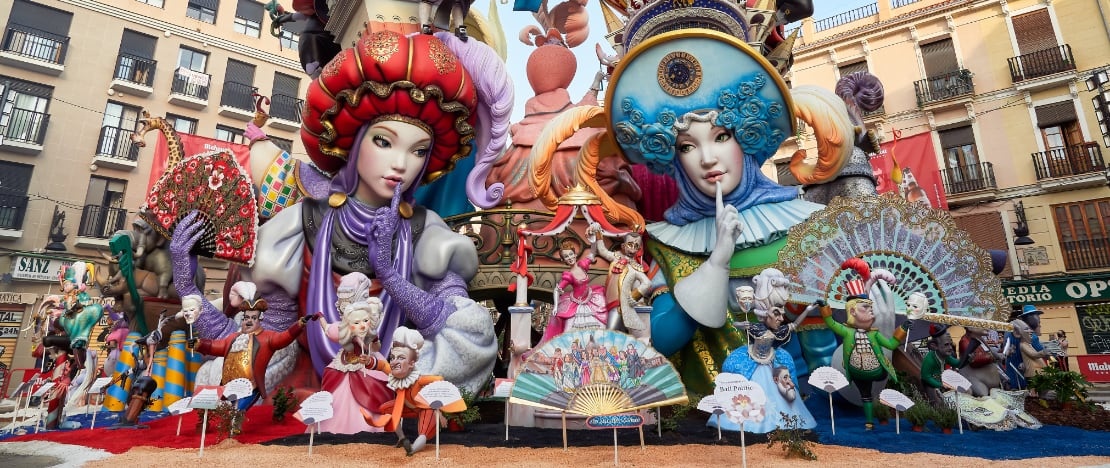
Join centuries-old celebrations
If you come to Spain, you can also immerse yourself in traditions that represent the identity of those who celebrate them and that, for this reason, have been declared Intangible Cultural Heritage by the UNESCO. For example, if you have never seen a human tower or “castell” up close, you can do it at various folk festivities in Catalonia. If you travel to Valencia around 19 March, don't miss the Fallas, when huge groups of sculptures created as caricatures are burned. These are just some of the countless examples of traditions that you will love to know.
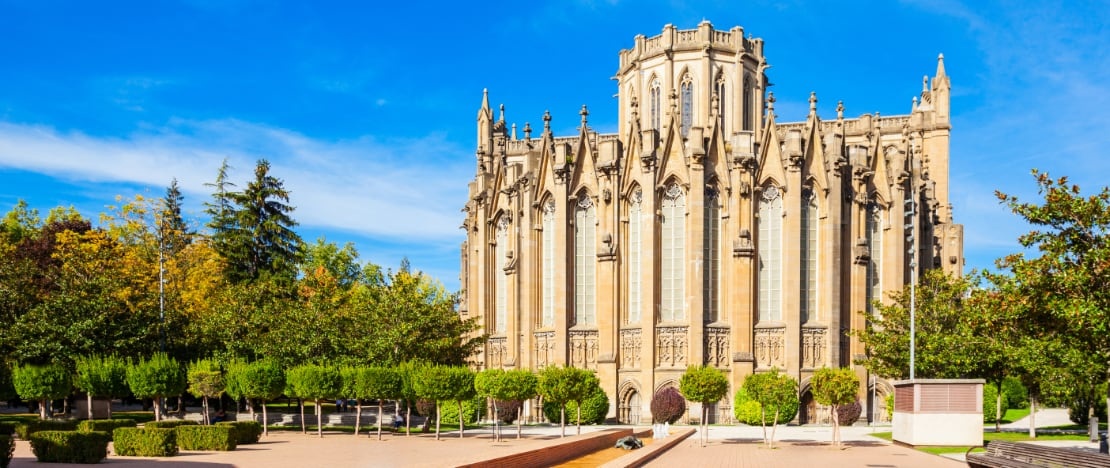
A cathedral… open for works?
The Cathedral of Santa María (city of Vitoria, The Basque Country) has been conducting the interesting initiative “Open for works” since 2000. It allows you to share space with archaeologists and restorers who are renovating the temple. It is a wonderful example of cultural heritage seen as a driver of social cohesion and economic development. Ken Follet was amazed by this cathedral when he visited it and he included it in the second part of his novel “The Pillars of the Earth”, entitled “World Without End”.
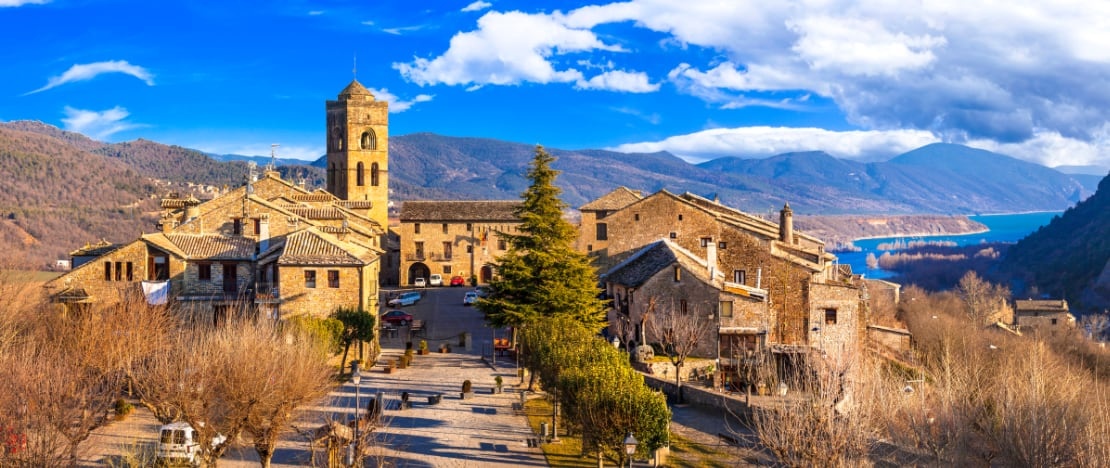
Staying in a castle
There are more than 10,200 castles in Spain, so during your trip you will often believe that you are the star of a medieval film. The website of the Spanish Historical Heritage Network lists the castles open for visitors, and suggests plans that you will love: medieval lunches, a picnic in the castle towers, theatrical visits, night tours, etc.Many of these buildings have been rehabilitated as accommodation, as is the case of some Paradors, so you can spend the night in a palace with 21st century comforts. Another original plan? Visit a castle that has been adapted to care for the environment. For example, at Aínsa Castle you will find Pyrenees Bird Center Eco Museum, the perfect place to learn about the landscapes of the Pyrenees and about species such as the bearded vulture.
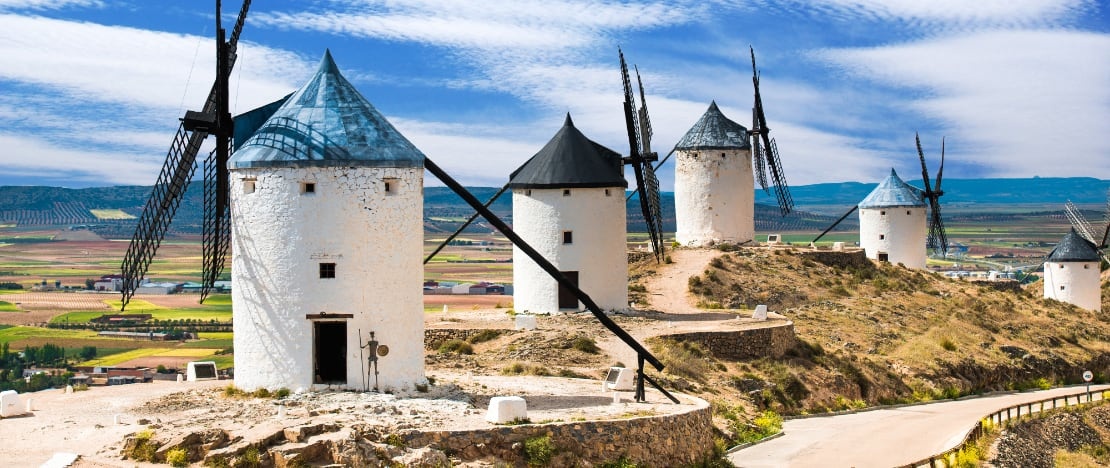
Between monasteries and windmills
There are other monuments where you can plan an interesting and sustainable visit. For example, the Monasteries of Suso and Yuso (La Rioja), where phrases in the Spanish language were written for the first time. The “Emilianensis” programme (Europa Nostra award) is being developed here, so that visitors can discover the area through dynamic activities such as a medieval calligraphy workshop and dramatised tours. Another area that tries to preserve traditional crafts? Castile-La Mancha and its famous centuries-old windmills that now house small museums, and that you can find in towns such as Consuegra and Campo de Criptana. The panoramic view of these “giants” at the top of the hills is indescribable. You have to see it in person.
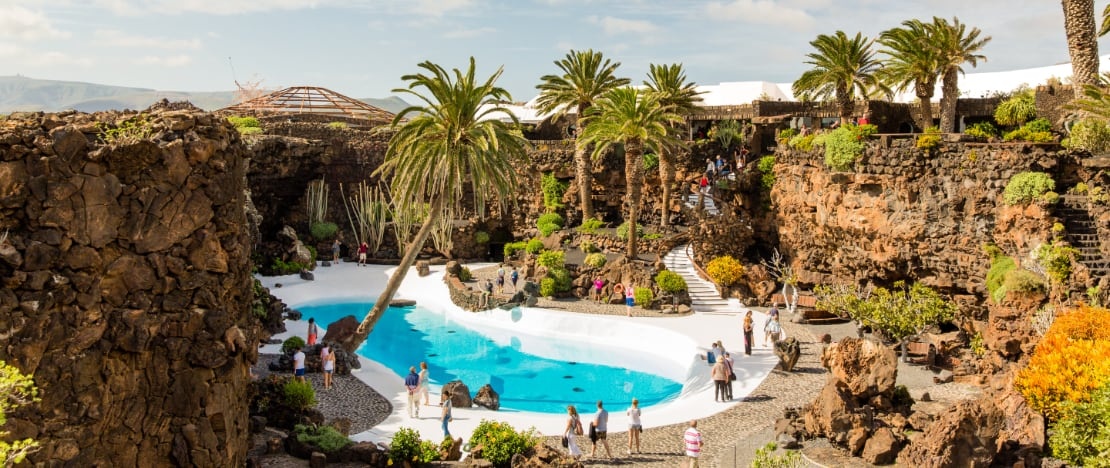
The island of Lanzarote: an example of sustainable cultural tourism
This Canary Island is an example of a world-renowned sustainable cultural destination. In addition to being famous for its incredible beaches or for the volcanic landscapes of the Timanfaya National Park, has something that makes it unique: monuments that are part of the landscape thanks to the vision of artist César Manrique. You will enter volcanic tubes such as the Jameos del Agua, you will discover the regional traditions of the Peasant's House-Museum or will climb up to the River Viewpoint to get unique views of the island of La Graciosa. This integration of artistic creation into the territory has earned it the status of a Biosphere Reserve.
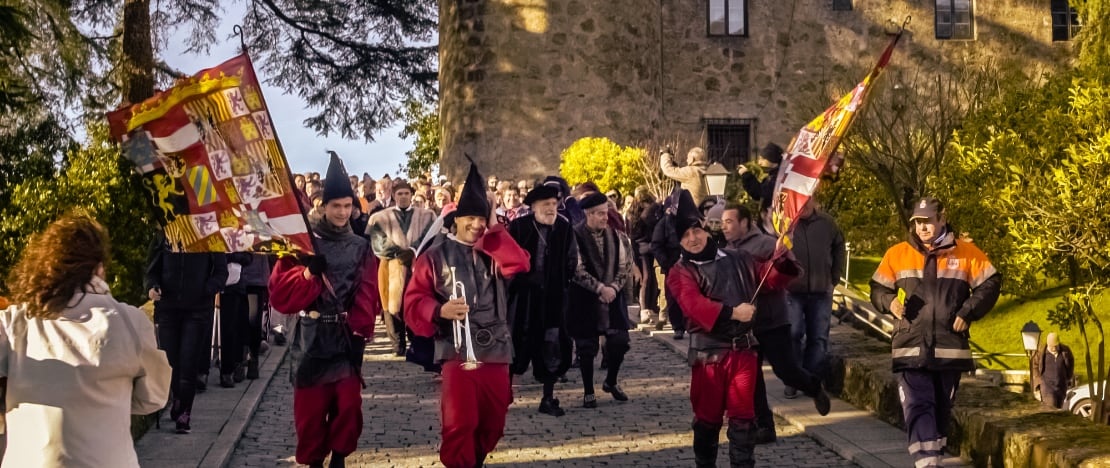
And what if you were to organise a route?
You can choose from eight “Cultural Routes in Spain” that delve into the historical, artistic and natural wealth of lesser-known places in the country. The idea is that you discover what the different civilisations that inhabited these lands were like. Can you imagine following in the footsteps of Emperor Charles V's last journey before retiring from public life? And going into caves to see the cave paintings of the first Europeans? For example, visiting the cave of Altamira (or its reproduction) can be an incredible experience.
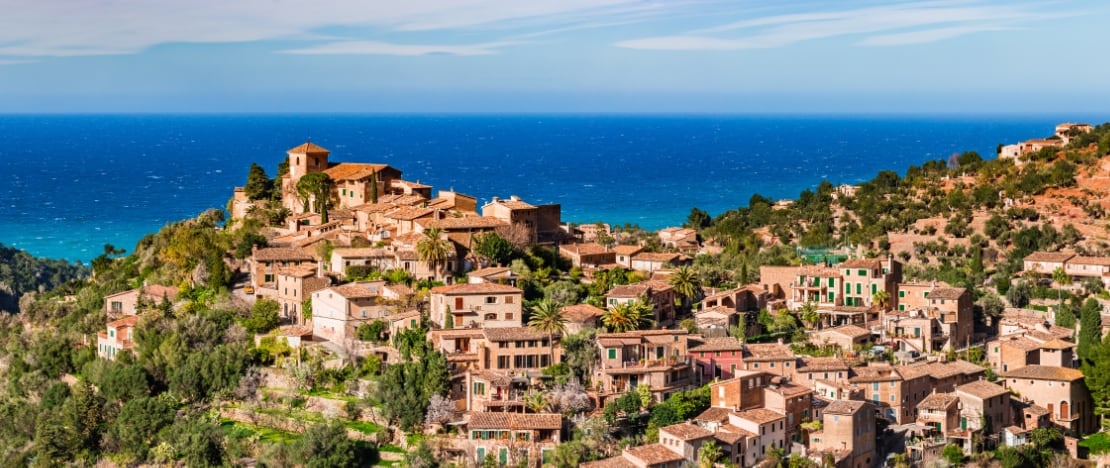
Music and literature
If you are a book lover, you can also sign up for different sustainable initiatives on your trip. Examples? Guided tours are organised in the magical valley of Baztán (Navarra) to immerse in the world of “Baztán Trilogy” written by Dolores Redondo. You will be in a land of craftsmen, Indians and adventurers with a landscape dotted with villages, farmhouses and zero kilometre products. And how about escaping to a Mediterranean village whose beauty has inspired writers and painters? This is the case of Deià (Mallorca), where the British poet Robert Graves is buried and where you can follow many hiking and cycling routes. Just like a dream.If you like music and the arts in general, you can always attend a festival in support of the environment. For example, the Sonidos Líquidos Festival held in the unique wine-growing landscape of La Geria (Lanzarote). It has earned the Sustainable Festival seal, as it adopts more than 70 measures each year to minimise the environmental footprint of musicians, stages and audiences.
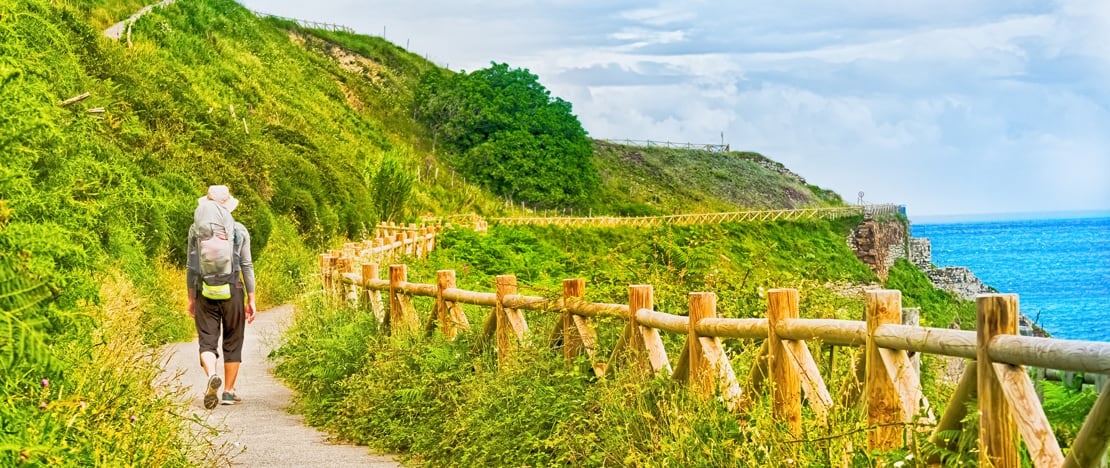
Other European recognitions
These are just some examples of the sustainable cultural plans available to you in Spain. However, we could mention many other initiatives that have been recognised and that are sure to also be of interest to you. For example, the project “Ignatian Land” invites you to carry out different activities around three monasteries in Guipuzkoa (EDEN award). You can also travel to Huesca, chosen as “SmartCulTour” territory, and discover all the cultural proposals in this inland area. And how about discovering some of the Spanish initiatives in the Impactour project, which seeks to turn cultural tourism into a true axis of sustainable territorial development? The Camino de Santiago going through Castile and Leon, the Museum of Pontevedra or examples of Romanesque in Palencia.
